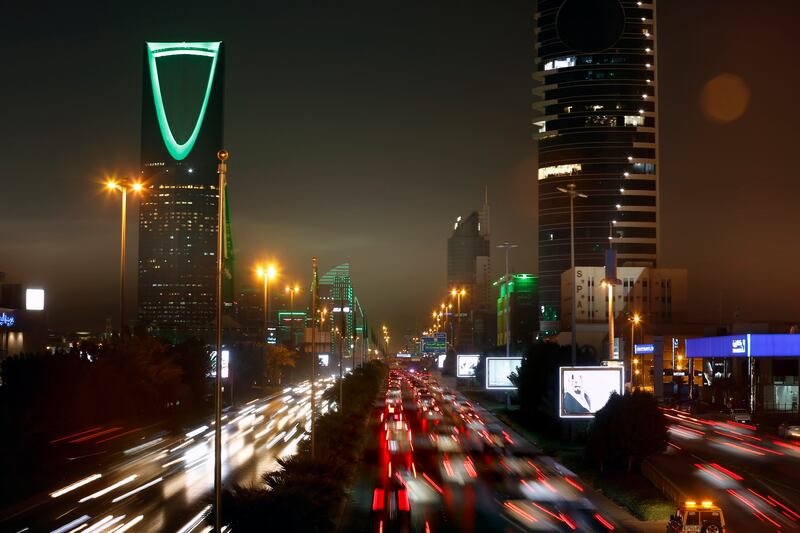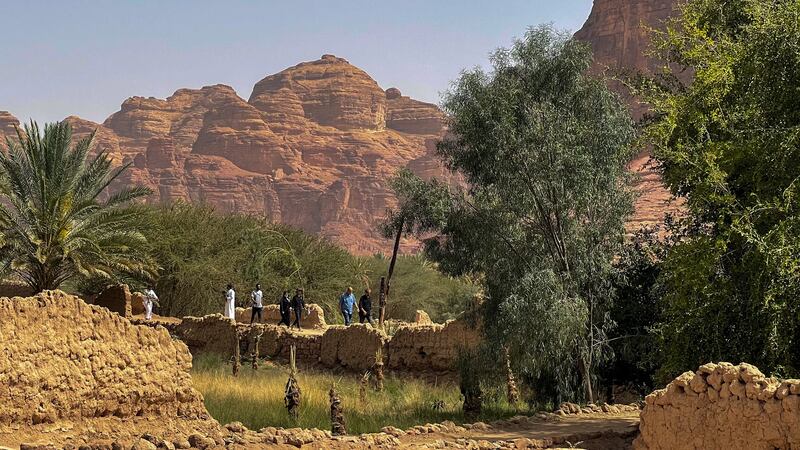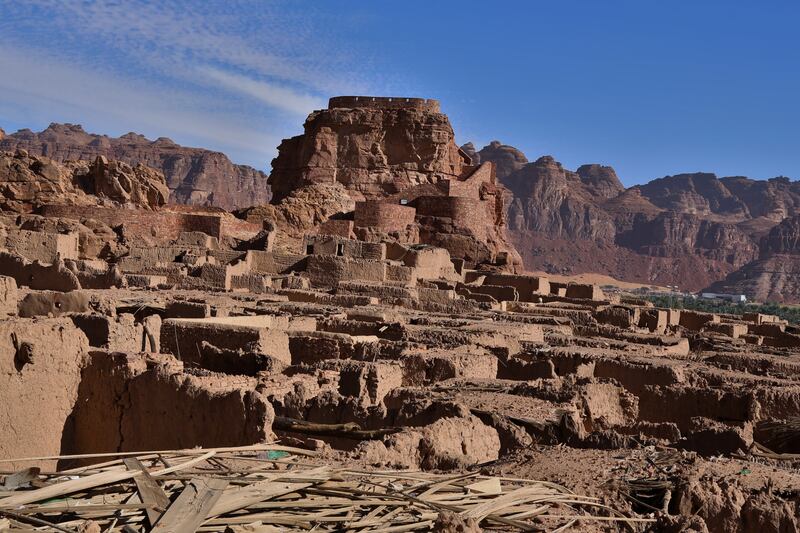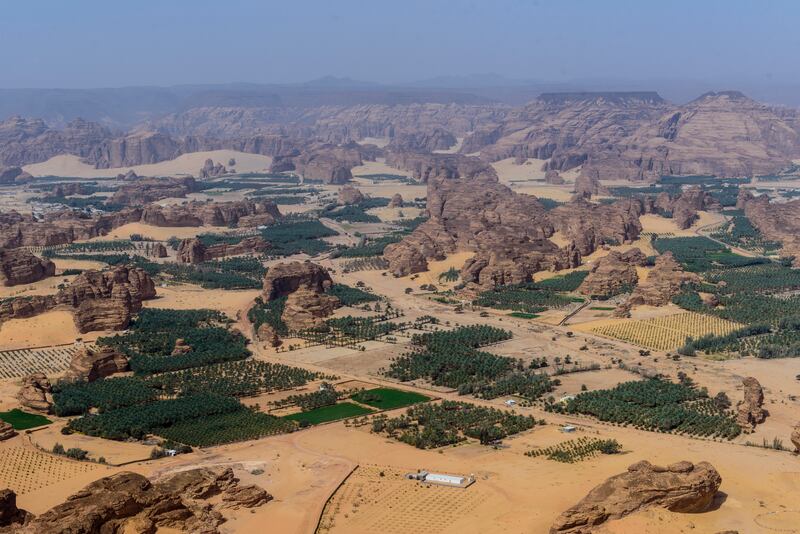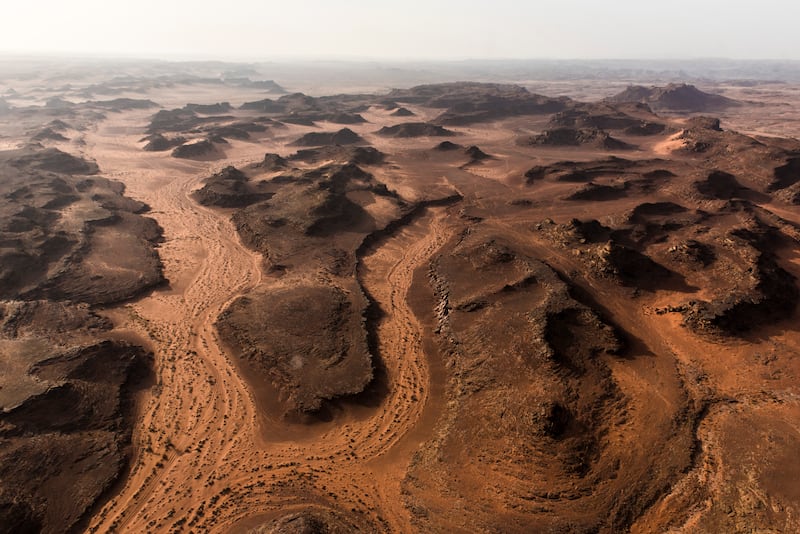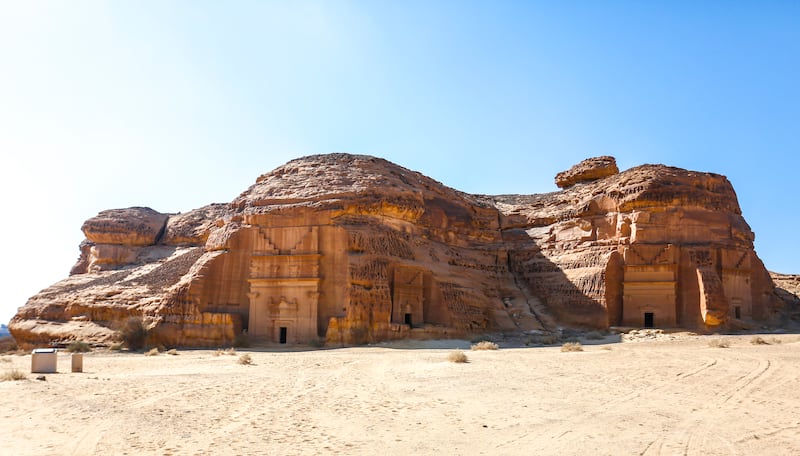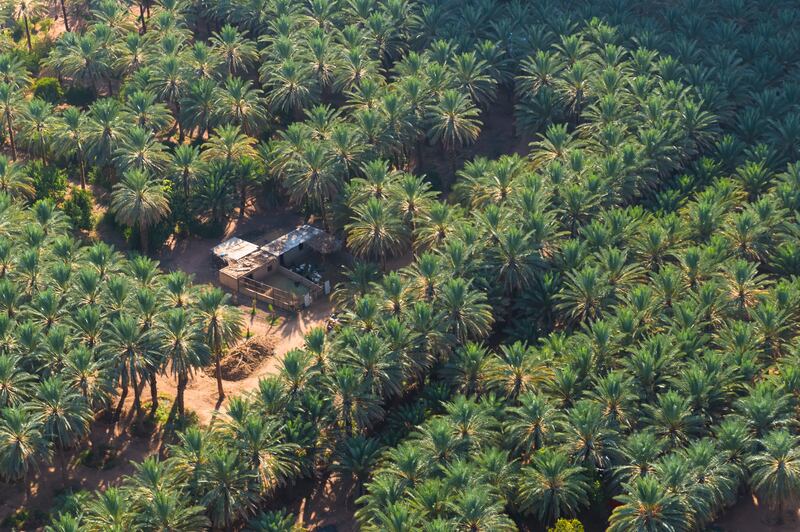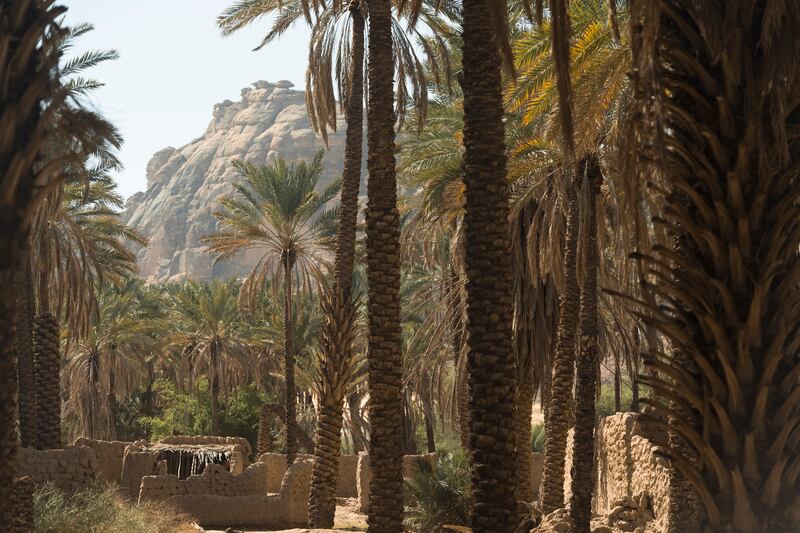Saudi Arabia's economy grew by 1.2 per cent in the second quarter of this year, a slightly faster pace than the initial estimates, driven by a sharp expansion in the non-oil sector of the Arab world's biggest economy.
The kingdom’s gross domestic product at current prices reached 970 billion riyals ($258.66 billion) in the three months to the end of June, the General Authority for Statistics (Gastat) said on Thursday.
Crude petroleum and natural gas activities were the biggest contributor to the economy, accounting for 25 per cent of the country’s GDP. Government services activities contributed 15.6 per cent, while wholesale and retail trade, restaurants and hotels activities accounted for 9.7 per cent, according to government data.
The kingdom’s economy grew 0.1 percentage points faster in the second quarter than the flash estimate released in July, Gastat said.
The non-oil sector grew by 6.1 per cent on an annual basis, beating the Gastat initial estimate of 5.5 per cent expansion in the three-month period to the end of June.
A 2.3 per cent annual jump in government services also helped to drive the economy, Gastat data showed.
“Most economic activities recorded positive growth rates on an annual basis in the second quarter of 2023,” Gastat said. Transport, storage and communication activities recorded the highest growth rates, expanding by 12.9 per cent year on year and 3.1 per cent on a quarter-on-quarter basis, it added.
Wholesale and retail trade, restaurants, and hotel activities in the kingdom grew by 9.8 per cent annually during the second quarter. The rise from the first quarter, however, was a more modest 2.1 per cent.
Community, social and personal services activities grew by 9 per cent on a yearly and 2.3 per cent on a quarterly basis, Gastat said.
Saudi Arabia's seasonally adjusted real GDP decreased by 0.2 per cent in the second quarter of 2023 compared with the first three-month period this year. Oil activities contracted by 4.4 per cent on an annual basis and softened 1.5 per cent on a quarterly basis.
Saudi Arabia’s economy grew 8.7 per cent last year, the highest annual growth rate among the world's 20 biggest economies, driven by a rise in oil prices and strong performance of its non-oil private sector.
The kingdom, Opec’s biggest oil producer, has carried growth momentum forward, albeit at a slower pace.
Earlier this year, Saudi Arabia received the biggest downgrade in economic growth forecast among the G20 economies by the International Monetary Fund.
The kingdom’s economy is forecast to grow by 1.9 per cent this year, instead of 3.1 per cent as previously projected, largely a reflection of production cuts and lower oil prices.
Growth in the kingdom is expected to pick up to 2.8 per cent in 2024, the Washington-based fund said in its latest World Economic Outlook update.
However, the IMF on Wednesday said Saudi Arabia’s growth outlook remains positive and its strong non-oil economic growth momentum is expected to continue this year despite global headwinds.
The country's economic transformation, “commendable reforms” and the recent increase in oil prices, have propelled growth, the fund said after Article IV consultation with Riyadh.
The kingdom has managed to bring unemployment to record lows, contained inflation and maintain strong external and fiscal buffers.
"The output gap is estimated to have closed during 2022, with the non-oil growth momentum continuing in 2023,” the IMF executive board said on Wednesday.
